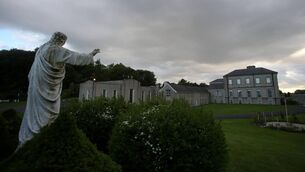Survivors want proper memorial to people buried in Cork 'mass grave'
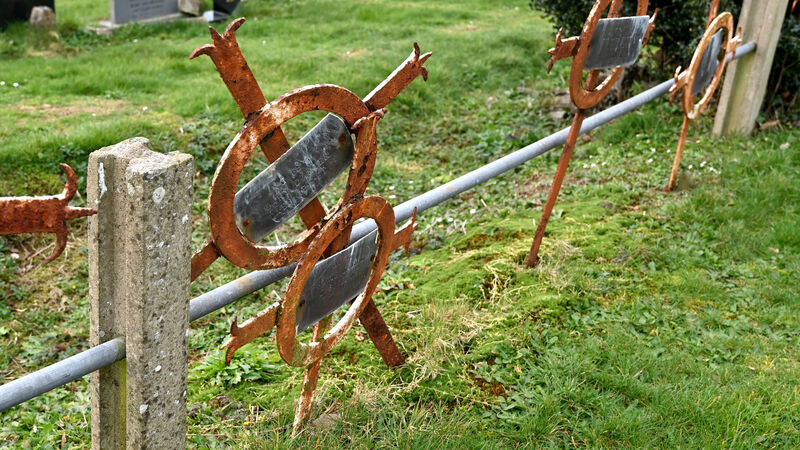
The 53 crosses inside the railing of the plot in Curraghkippaneof bear names and dates of death — but they do not list the person’s area of origin, or the institution in which they died. Picture: Eddie O'Hare
Efforts are underway to acknowledge dozens of people buried in a large plot in a cemetery in Cork City who died in several institutions such as psychiatric hospitals, industrial schools, and mother and baby homes.
It is unknown how many people are buried in the plot in Curraghkippane cemetery near Kerry Pike. However, there are 53 crosses in place inside the railing which blocks the plot off from the rest of the cemetery. They surround a large plot of an unmarked green area, under which lie people who died in institutions.
Each of the crosses bears the names of people and their dates of death. However, there are no individual graves marked off in the plot. Among those buried in the plot are women and men who were in their 80s when they died, with burials having taken place in the plot between the late 1940s and the early 2000s.

Name plaques on some of the crosses carry a single name, while others have a number of names on them. Many of the names have numbers in front of them while some of the names are followed by the letters CI.
Industrial school survivor Caroline Farry of Cork & Kerry Outreach Care is leading the campaign to secure a monument and organise a memorial event at the site every year, to acknowledge those buried there.
A large cross had previously stood at one end of the plot but has fallen over and not been replaced.
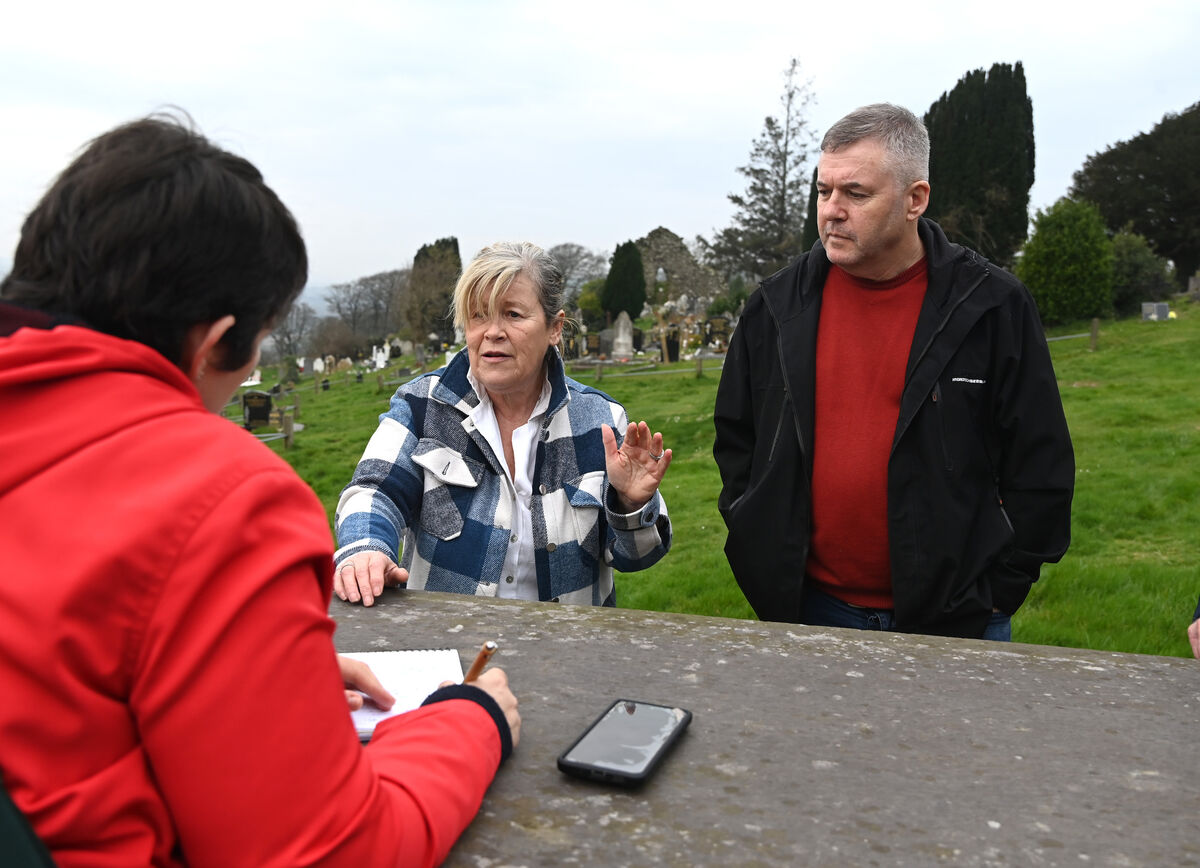
Ms Farry and other survivors including Pat Bridgeman have contacted Cork City Council to begin the process of putting in a new memorial but are now aware that the plot is the property of the HSE.
They have now contacted Fine Gael TD for Cork North-Central, Colm Burke, who is in contact with the HSE to seek permission for the memorial from the agency.
Ms Farry said: “This is very important — there has been to be a move on this.”
She points out that there are relatives of many of those buried in the plot who may have no knowledge that one of their family lies there.
The name plaques do not list either the person’s area of origin, or the institution in which they died, making identification of those in the plot difficult.

But Ms Farry said: “It is imperative that this is sorted for the survivors — the likes of Mary Smith who have families buried here. Mary deserves that.”
Mary Smith’s mother and brother are both buried in the plot and are remembered with a small tombstone erected by Mary in one corner of the plot. Her mother, Eileen, was from Newmarket in North Cork and died as a patient in Our Lady’s Hospital on August 11, 1964. Her brother Christy died in St Stephen’s Hospital in Glanmire on February 16, 2007.
Close by is another tombstone in memory of a woman whose address on the marker is a unit in St Finbarr’s Hospital in Cork City. The gravestone was erected by “family and friends” of the woman.
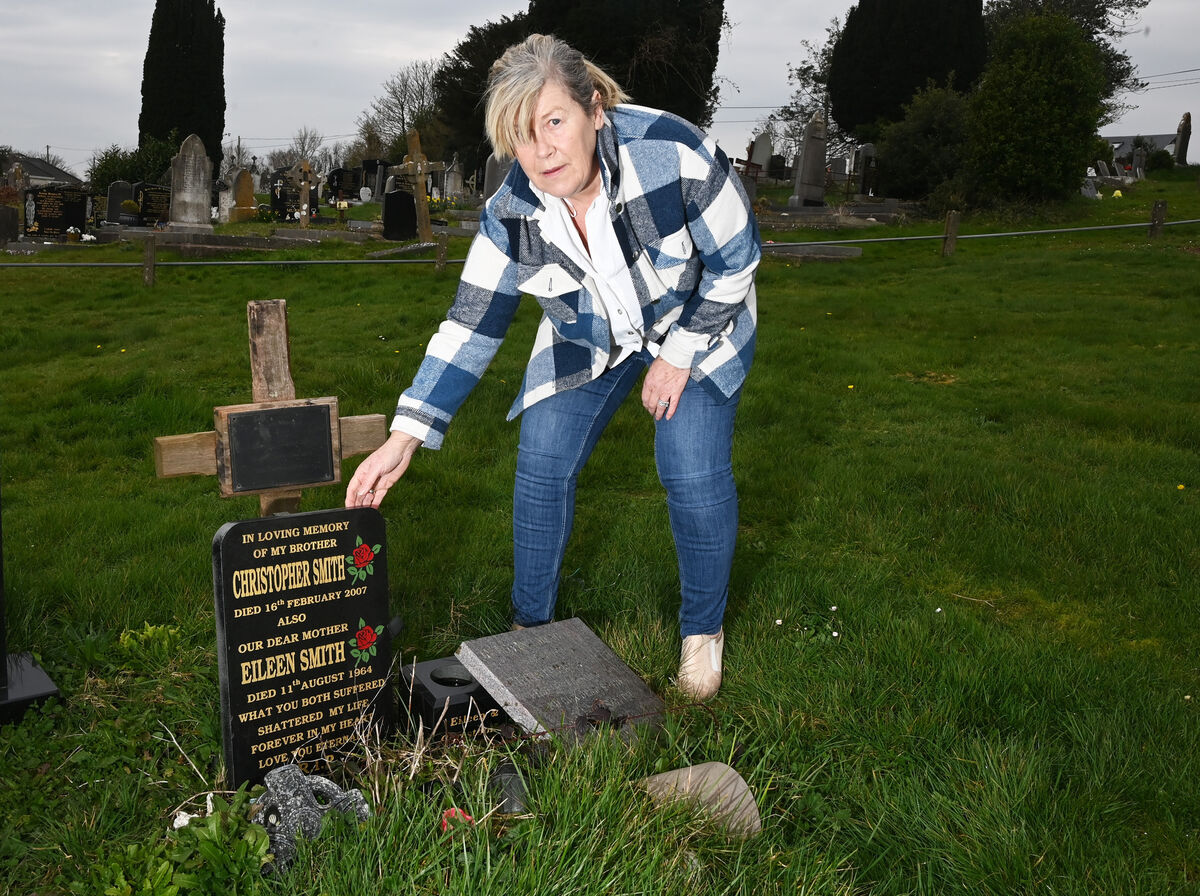
However, all the other markers in the plot are uniform simple metal crosses which bear small and weather-worn name plaques. Caroline Farry said:
She said she would like to know the meaning behind the numbers places beside many of the people’s names.
Among the institutions where those buried in the plot died were Our Lady’s hospital, St Finbarr’s Hospital, and St Stephen’s Hospital in Glanmire, as well as Magdalene laundries and industrial schools.
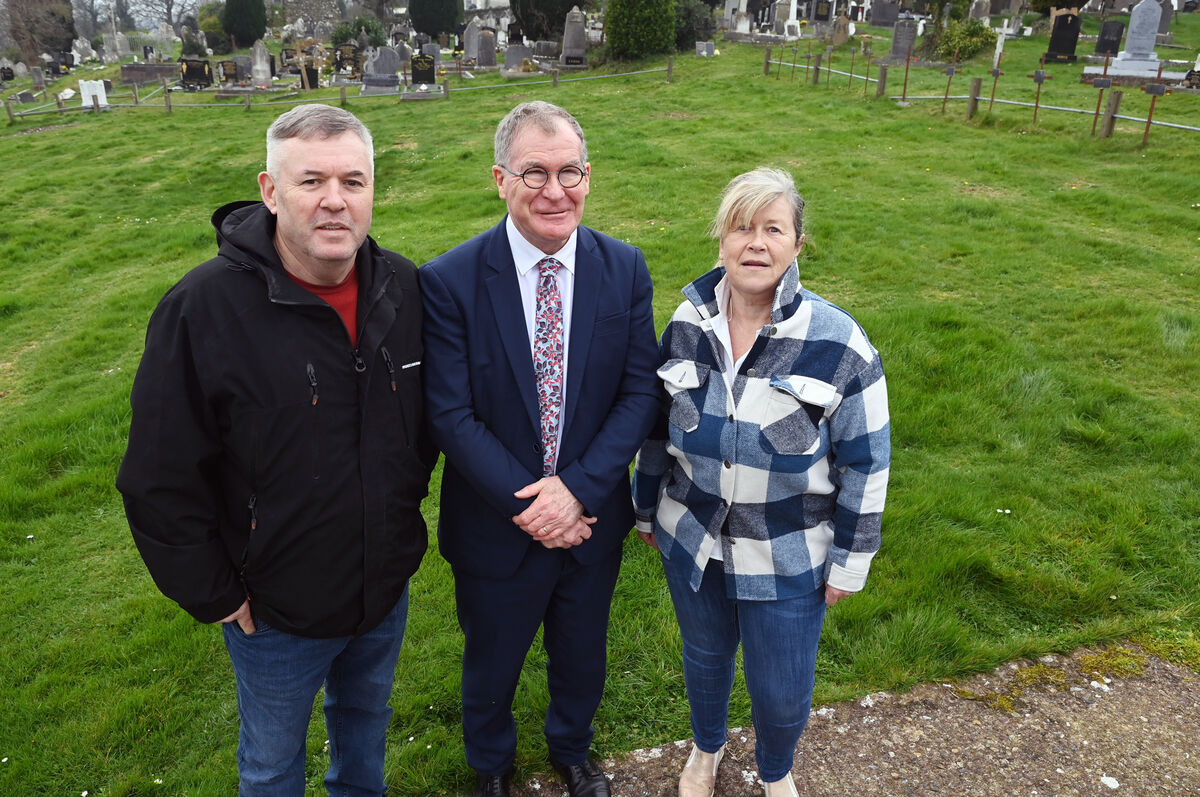
Ms Farry accepted that it is impossible to put the names of all those buried in the plot on any monument there because it is not known how many people are buried there.
But she said that the name plaques currently on crosses on the edge of the plot, inside the railing, should be taken off, cleaned and freshened up, before being placed together in an area of the plot. She added:
Colm Burke said he now wants to establish how many other similar plots are located across the country.
Previously, the burial of patients of Cork’s psychiatric hospitals in the plot was raised by the late mental health campaigner John McCarthy, in 2007.
At the time, he labelled the site a ‘mass grave’, and said there was very little effort made to distinguish between what people are buried in which plots.
A HSE spokesperson said a meeting is due to take place shortly between HSE South West and other agencies in relation to Curraghkippane.









